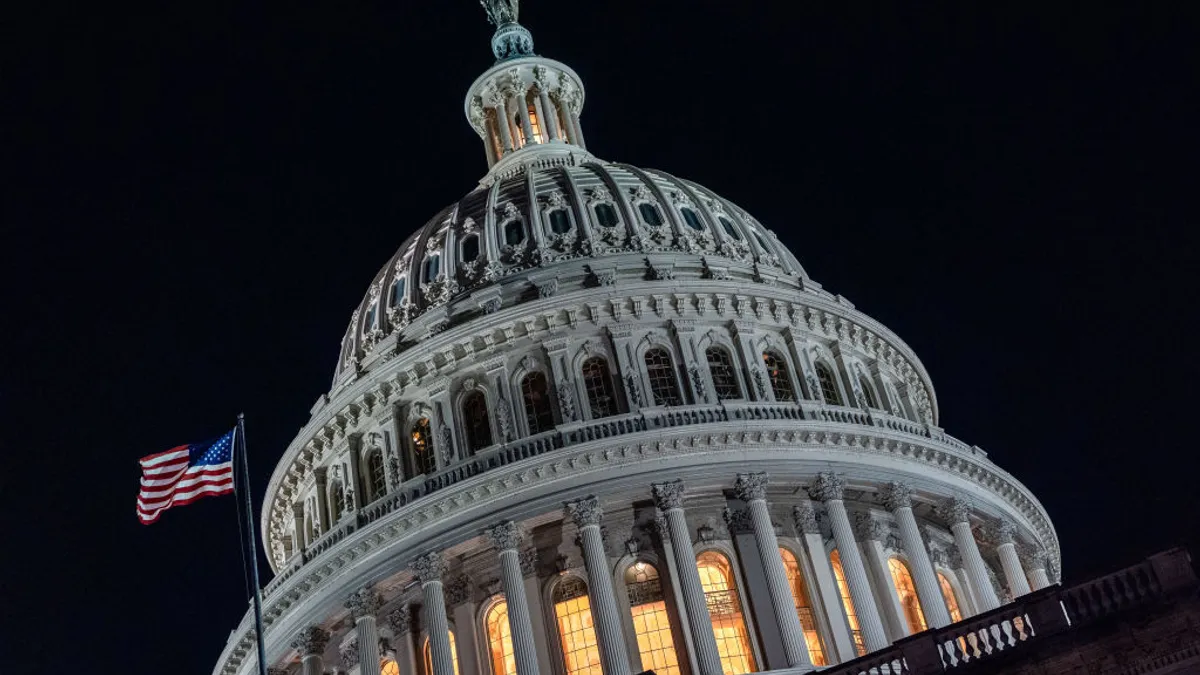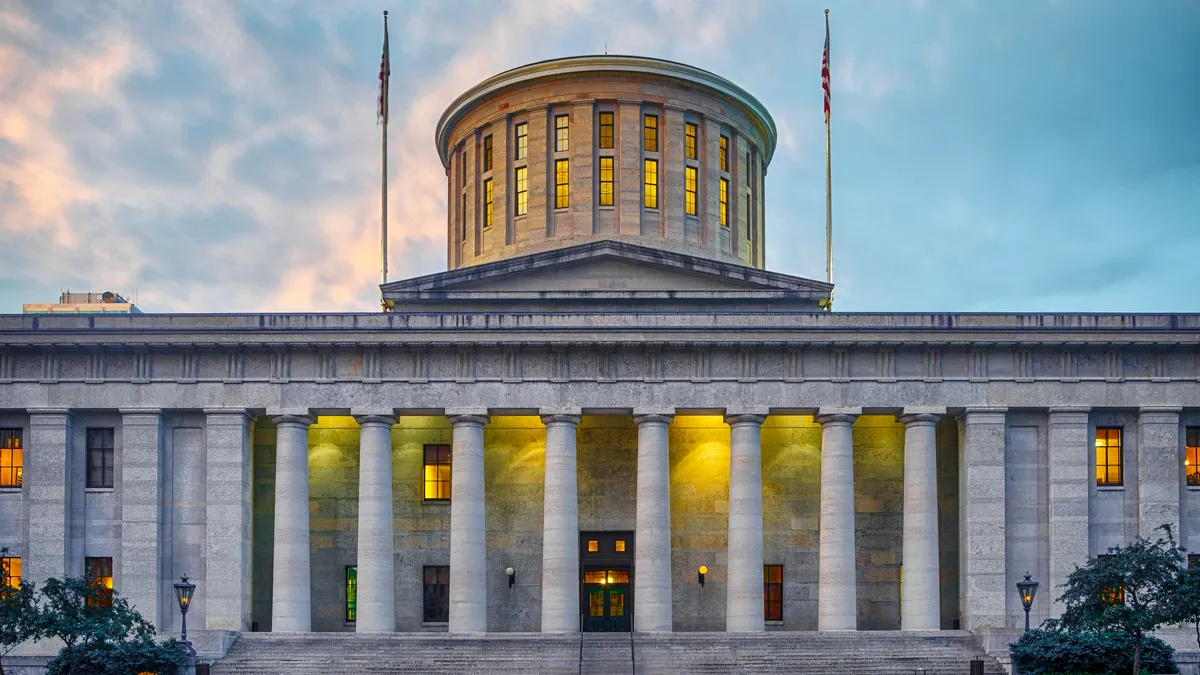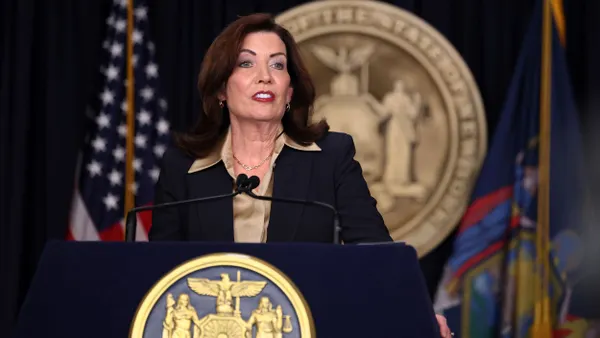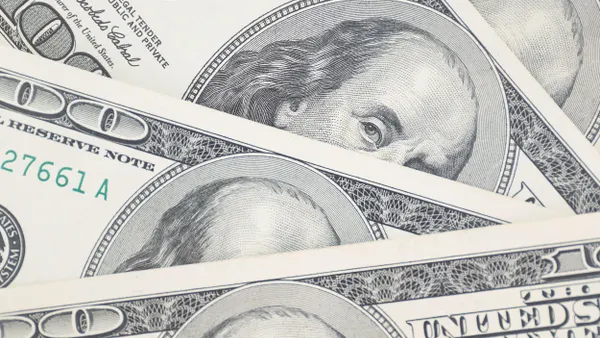Dive Brief:
- Confidence among voters in the fiscal health of the U.S. fell in July to the lowest level in 13 months after passage of the Trump administration’s massive tax-and-spending bill, the Peter G. Peterson Foundation said.
- Nearly six out of 10 voters (59%) believe the U.S. is on a risky fiscal path, and 61% expect the nation’s debt burden to grow heavier during the next few years, the Peterson Foundation said, citing a survey. The recently enacted legislation will push up the national debt by $4.1 trillion by the end of 2034, according to the Congressional Budget Office.
- “Voters are making clear that it’s time to stop digging the hole deeper, and want their leaders to take action to stabilize the debt and create a sustainable budget outlook,” Peterson Foundation CEO Michael Peterson said in a statement. “America currently spends more on interest on the debt than on national defense or Medicaid, and interest costs are also growing faster than both.”
Dive Insight:
The survey suggests that the Trump administration has not persuaded most voters that the recently enacted legislation — focusing on cutting taxes and scaling back healthcare and social welfare programs — improves the nation’s long-term budgetary outlook.
Office of Management and Budget Director Russell Vought has repeatedly said that CBO and other estimates are flawed and that the legislation will trim the federal deficit by $1.4 trillion by 2034.
“If you care about deficits and debt, this bill dramatically improves the fiscal picture,” Vought said on X in June, referring to the reconciliation bill.
Before the July enactment of the legislation, the Government Accountability Office calculated that the public debt will rise from 98% of GDP in September to a record 106% of GDP by 2027.
The Trump administration, citing its fiscal program, paints a more optimistic picture.
“President Trump’s pro-growth economic policies and reining in wasteful spending are key to improving the fiscal outlook,” the White House said in June. Trump’s “proven economic formula — historic tax relief, rapid deregulation, balanced trade and reining in wasteful spending — will slash our debt down to just 94% of GDP” by 2034.
Both Democrats and Republicans, including those in the White House, acknowledge the urgency of putting the U.S. on a sustainable budgetary path.
Before passage of the Trump-backed legislation, EY and Peterson estimated that by 2035 the rising national debt would undermine the size of the economy by $340 billion, cut the number of U.S. jobs by 1.2 million and set back private investment by 13.6%.
Also, U.S. CEOs identified the nation’s debt as “a ticking time bomb” before President Donald Trump took office in January, the Conference Board said.
More than half of CEOs (51%) considered the national debt and deficits as the No. 1 external risk for their businesses, the Conference Board said in January, citing a survey.
With rising federal debt, the increase in federal government borrowing pushes up the cost of capital and “crowds out” private sector borrowing, inhibiting innovation and business investment, according to economists.
The murky fiscal outlook, affirmed by downgrades by all three major credit ratings firms, complicates corporate planning, prompting delays in hiring and investment.
Reducing the federal debt should be among the top three priorities for Trump and Congress, according to 80% of voters surveyed by the Peterson Foundation, including 83% of Republicans. In June, 76% of voters held that view.
The Peterson Foundation commissioned the poll of 1,003 registered voters nationwide between July 21 and July 23.












